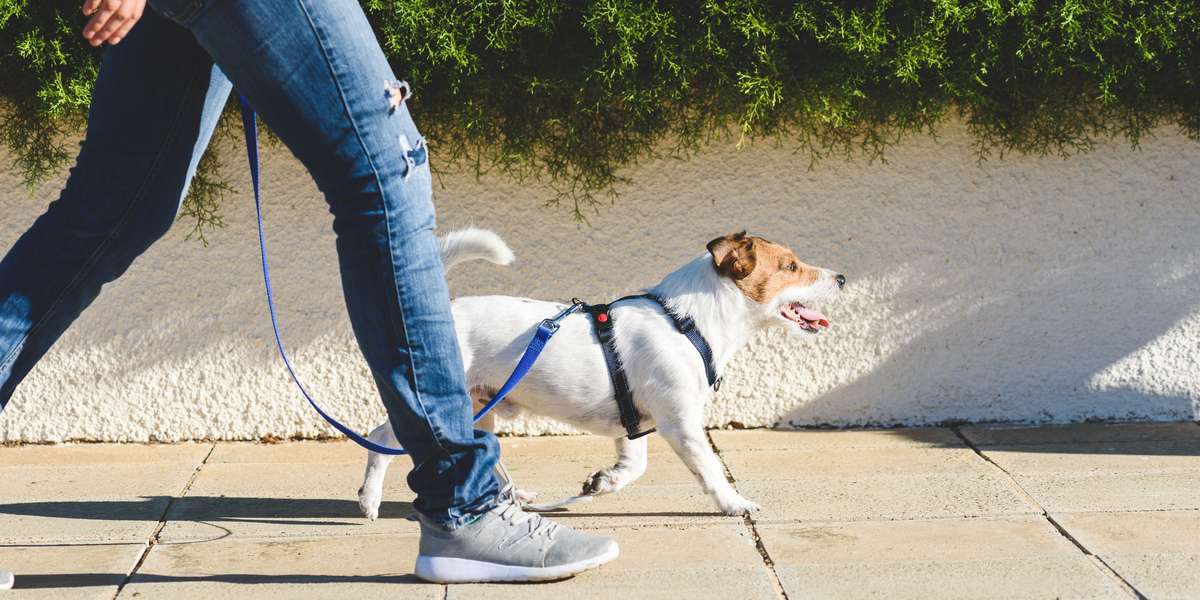Individuals who take larger steps are likely to burn more calories than those who take smaller strides, academics have said.
A new study from the University of Massachusetts Amherst has suggested that people wanting to burn calories should focus on taking bigger strides rather than monitoring their step count.
Latest research has revealed that people who take larger steps will burn more calories than those taking smaller steps, despite them walking the same distance.
- Walking 10,000 steps is good for our health after all
- Walking and doing yoga can help treat depression
- 22-minute daily walk day can eliminate risk of death linked to a sedentary lifestyle
Senior author Adam Grimmitt said: “I think it would be fair to assume that more frequent and larger variations in stride length would increase your metabolic rate while walking.”
During the study, participants were monitored while they walked normally on a treadmill for five minutes.
Each participant also wore a mouthpiece so the academics could measure their carbon dioxide production.
The researchers used a motion capture system to record each participant’s average stride length at a common speed of 1.2 metres per second.
After walking normally, the participants then walked for another five minutes where they took bigger or shorter steps.
The results have shown that muscular contraction, and then metabolic cost, increased when the participants had to work to maintain their stability from a short step to a long step, or vice versa.
“Our data suggest that a 2.7% increase in step length variability would increase the metabolic cost of walking by 1.7%,” said the researchers.
- Brisk walkers are less likely to die from cancer, study indicates
- Swinging your arms shown to improve posture, walking speed and flexibility
- Teabag style walking uses 2.5 times more energy than normal walking, research suggests
They added: “Step length variability plays a modest, albeit significant role in the metabolic cost of walking.
“The findings could be most relevant to older adults, particularly those with neurological conditions, given they walk with greater step length variability.”
They concluded: “Participants still had trouble maintaining accuracy in changing their stride lengths without additional feedback.
“Future studies should quantify foot placement accuracy and muscle activity across similar virtual projections.”






